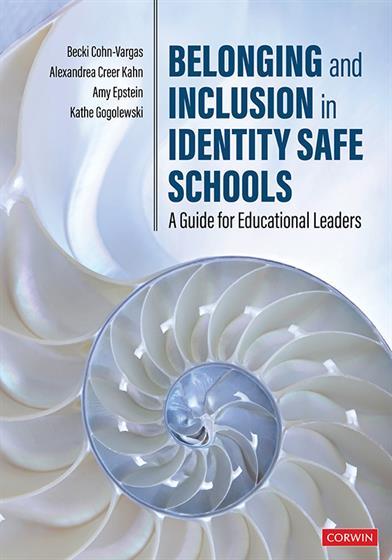Latinx High School Students' Perceptions About Their High School Experiences
By Elisabeth A. Luévanos, J. Anthony Luévanos, and Jean Madsen
NASSP Bulletin; 2022; Volume 106, Issue 3
Latinx children face multiple challenges in school, including social isolation and stereotypes from both community members and educators. Through interviewing these students and emphasizing the value of student voice, researchers uncovered four key needs that could be used to improve educator practice and student experiences in your school.
In the fall of 2020, more than half of the K-12 student population in the United States were students of color, a nearly 10% increase over the fall of 2009. The increase of BIPOC (black, Indigenous and people of color) students in our schools requires that we reflect on how we are serving their needs and how are we making them feel as they enter our schools, where nearly 80% of the teacher population is white. In this case study based on data collected from two schools in Texas, researchers sought to understand how their Latinx students saw themselves and how they viewed their education experiences.
Student voice studies have become a promising outlet in understanding students’ perceptions about their schools. If schools enable, engage, and encourage students to share their thoughts, schools can build a more cohesive and welcoming community. The students themselves pinpointed four major concerns that educators could use to improve their work and the school environment for their students: 1) the need for safety, security, and explicit support from the school, 2) the need to feel both a sense of belonging and acceptance from school staff, 3) the need to know that teachers and administrators care about their experiences, and 4) the need for equity and fairness to be an explicit part of the school’s mission and practice.
Related Titles
Don't Have Much Time?
If you only have a few moments, be sure to review the following sections: Needing a Sense of Caring from Teachers and Schools and Conclusions and Implications for Practice. In addition to highlighting important student responses to interviewers, concrete recommendations around student voice, inclusive practices, and post-secondary preparation are summarized there.
Reflection Questions and Next Steps
- How do you think listening to your students’ voices might benefit you?
- Do leaders at your school reach out to parents of color? How?
- What are the ways your school could increase positive interactions with parents?
- What do you know about your students’ identities beyond the color of their skin?
- What problems do you think your students would identify in your school concerning safety, belonging, and social-emotional learning?
- Think of three questions that you can ask your students about their high school experiences? What might you want to understand better?
- Think about five students in your classroom who you feel need the most help, academically or otherwise. Will you ask them these three questions in conversation next week?



